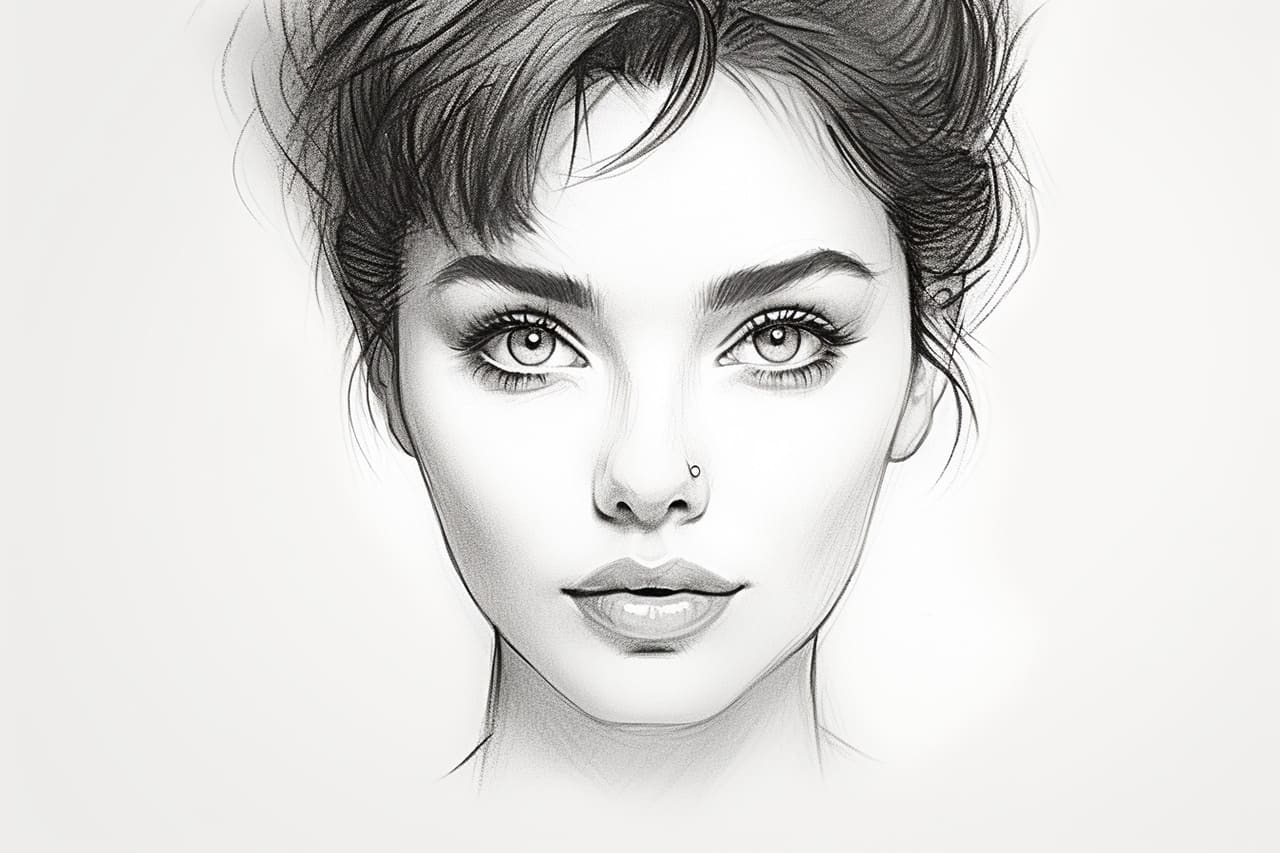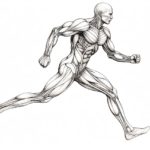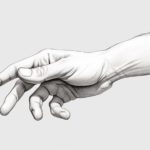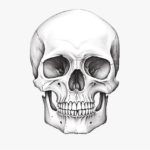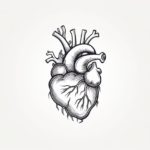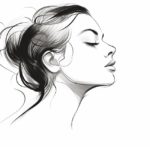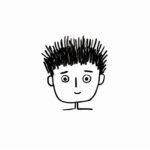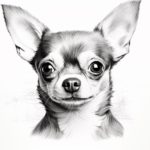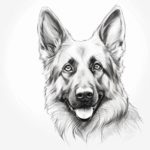Drawing a human face can seem daunting, but with the right techniques and practice, anyone can learn to do it. In this step-by-step guide, we will break down the process of how to draw a human face into easy-to-follow instructions. By the end, you’ll have the skills to create a realistic, lifelike human face on paper. So, let’s get started!
Materials Required
Before we begin, let’s gather the necessary materials that you’ll need for this drawing tutorial:
- Drawing paper or sketchbook
- Pencils of varying hardness (HB, 2B, 4B, etc.)
- Eraser
- Blending stump or cotton swabs
- Ruler
- Reference photo of a human face or mirror
Having the right materials will make the process smoother and help you achieve better results. Now, let’s dive into the step-by-step instructions!
Step 1: Start with Basic Shapes
Begin by lightly sketching the basic shapes that make up the human face. Use a circle for the head and add guidelines to indicate the position of the eyes, nose, and mouth. These guidelines will serve as a reference as you progress with your drawing.
Step 2: Outline the Proportions
Using the guidelines as a reference, carefully outline the proportions of the face. Pay attention to the placement and size of the features. Remember that everyone’s face is unique, so take your time to observe and capture the individual characteristics of the person you are drawing.
Step 3: Add the Eyes
The eyes are often considered the most expressive feature of the face. Start by sketching the shape of each eye, paying close attention to the eyelids and eyelashes. Then, add the iris and the pupil. Make sure to capture the reflections and shadows in the eyes to add depth and realism.
Step 4: Draw the Nose
Move on to drawing the nose by carefully observing its shape and proportions. Start with the bridge of the nose and then add the nostrils. Pay attention to the shadows and highlights that define the nose’s form. Remember to keep your lines light and adjust them as needed.
Step 5: Capture the Lips
The lips can greatly impact the overall expression of the face. Begin by outlining the shape and volume of the upper and lower lips. Pay attention to the curves and angles. Add shading to create depth and highlight the subtle variations in tone.
Step 6: Depict the Ears
Ears may often be overlooked, but they are an essential part of a realistic portrait. Observe the shape and position of the ears in relation to the rest of the face. Start with the outline and then add the details, such as the helix and earlobe. Remember to incorporate shading to give the ears dimension.
Step 7: Define the Hairline
Drawing the hairline can help frame the face and give it a more realistic look. Observe how the hair flows and pays attention to its texture and volume. Start by sketching the overall shape of the hair and then add the individual strands using light, feathery strokes.
Step 8: Refine the Features
Now that you have the basic structure in place, it’s time to refine and add more details to the features. Observe the reference photo or look in the mirror to capture the unique characteristics of the individual you are drawing. Add additional shading and highlights to create depth and realism.
Step 9: Add Shadows and Highlights
Shadows and highlights play a crucial role in giving a three-dimensional look to your drawing. Study the reference photo or observe the lighting conditions, and carefully add shading to areas that are in shadow. Use an eraser or a blending stump to create smooth transitions between light and dark areas.
Step 10: Finalize the Details
To complete your drawing, take a moment to refine and add any final touches. Pay attention to small details like wrinkles, freckles, or other unique features that make the face individual. Take your time and make any necessary adjustments until you are satisfied with the result.
Conclusion
Drawing a human face is an art form that requires patience, observation, and practice. By following these step-by-step instructions and using the right materials, you can develop your skills and create stunning portraits. Remember, each face is unique, so embrace the opportunity to capture the individuality of the person you are drawing. With time and dedication, you’ll become more confident and skilled in capturing the essence of the human face.
So grab your pencils, paper, and reference photo, and start your journey of drawing beautiful human faces. With practice, you’ll see improvement and enjoy the process of bringing faces to life on paper.

